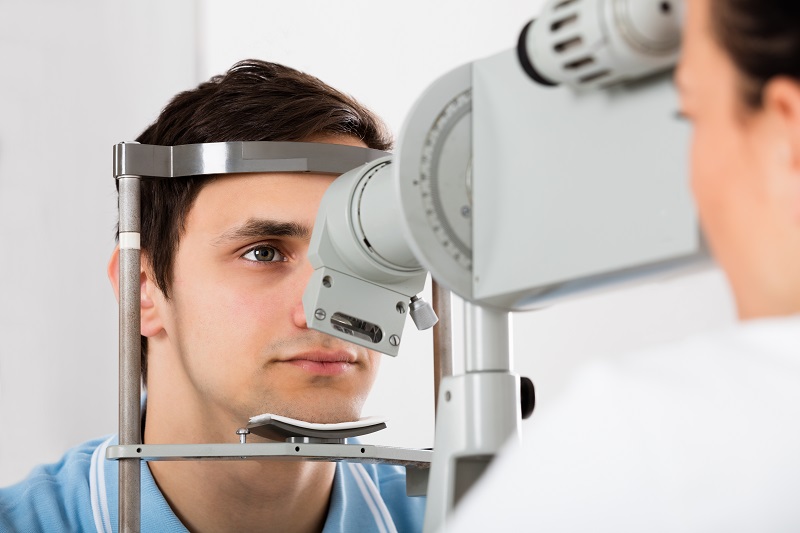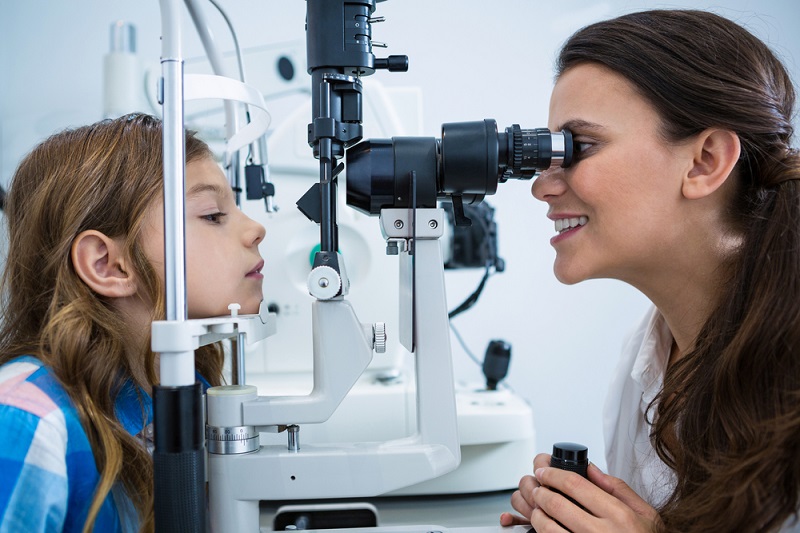Types Of Eye Tests Conducted During An Eye Examination
You use your eyes for almost every activity you do while you are awake, such as reading, walking around, watching TV, browsing the Internet or just staring out of the window. But if you have recently developed a problem in your vision, or if you are just going for a regular eye test, then you must be thinking about what will happen at the clinic. Here, we will inform you about the different eye tests involved in a basic eye examination.
Different Types Of Eye Tests:
1. Testing for Prescription:

This test is required to determine the prescription of your eyeglasses. The specialists will ask you to stare into a device and look at a chart hanging on the wall. They will try several pairs of lenses on your eyes and ask you to tell which pair perfectly clears your vision. Your answers will help them to decide whether you have nearsightedness, farsightedness, or astigmatism. Sometimes, the result of these eye tests may conclude that you don’t need any vision correction at all.
2. Testing for Standard Vision:
Standard vision is 20/20, and this test is used to determine your vision level in each eye. The experts will ask you to sit on a stool. They will keep a sign board at a certain distance from you and ask you to read the letters written on it. There are random letters decreasing in size from bottom to top. You have to read the bottom line first, and then progress upwards to see how far you can read. Once you start having difficulty in reading, they will apply lenses to see which one clears your vision.
3. Testing for Effect of Light on Retina:

Phoropter is a machine used for conducting a test called retinoscopy. As you keep your eyes wide open against a phoropter, the eye doctor applies different lenses on your eyes and asks you to focus on a particular object placed in front. They direct a source of light into your eyes and see how it affects your eyes and retina. Based on the result of these eye tests, the doctor prescribes you the required lenses or eyeglasses.
4. Testing for Corneal Curve:
This test is used to measure the curve and shape of your cornea, which is the outer part of your eye. The shape of your cornea affects the way your eye reflects and receives light. Astigmatism is a condition in which the cornea developed elongated or steep curves. During these eye tests, the experts ask you to state into a machine. They adjust the machine to align with your eye, and then read the measurements to determine the shape of your cornea.
5. Measuring Intraocular Pressure:

This test is used to measure the pressure created due to fluids in the eyes. If the pressure is too high or too low, it can be an indication of upcoming glaucoma. In these eye tests, a machine is used to send a puff of air into your eye. As a reaction, you close your eye and this reaction is used to measure your eye’s resistance level to the puff of air. Sometimes, the expert may manually test your pressure by gently touching your eye and measuring the pressure inside. Usually, anesthetic eye drops are used in your eyes so that you don’t sense any instruments.
Now that you know which eye tests would be conducted during your visit to the optometrist, you can leave your worries behind and go prepared for the procedures. Since stress can affect the results of your test, it’s better to know them beforehand and ease anxiety so that you can get better results from your tests.
